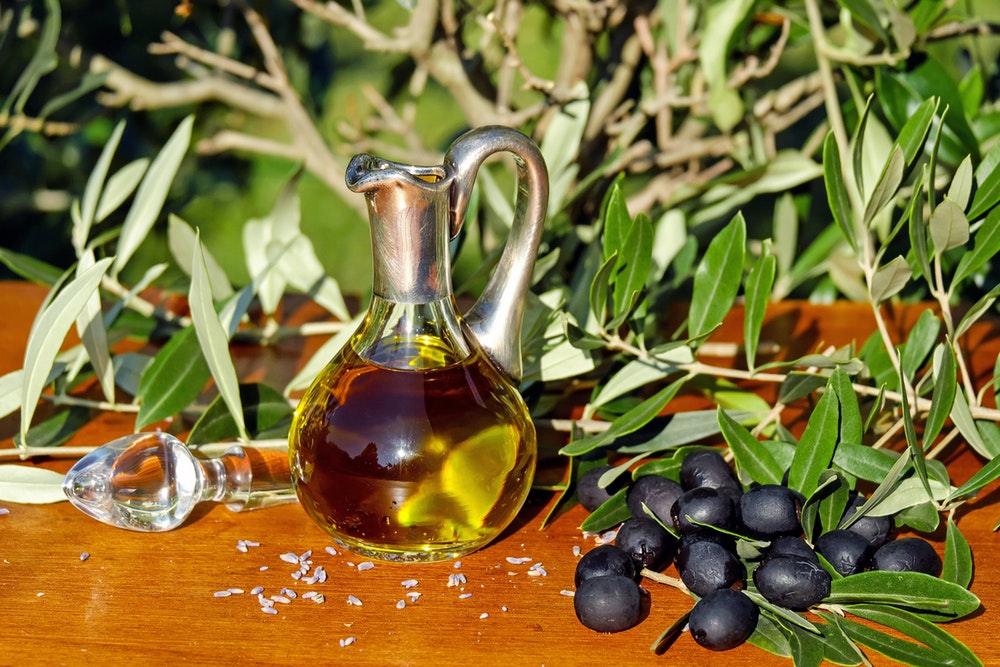Looking for a way to keep brain-healthy fats in your diet without buying expensive supplements? Well, you’re in for a treat. Tasty and savory little botija olives may be just what you’re looking for – and they’re found in many health food stores or can be easily ordered online.
But I like my salty green olives. Why are these better?
Not only are these nutritious little flavor balls full of monounsaturated fat, but they’re also packed with calcium, vitamins A and E, selenium, oleic acid, iron, and antioxidants. They are often packaged raw as well, retaining optimal nutrition, while most other mass-produced types of olives are cooked beforehand. And while other olives found in most stores are cured with lye, these are naturally sea salt-cured, uniquely flavored, and picked fresh from the vine. To top it all off, they’re harvested at the exact time of ripening, unlike many fruits and vegetables such as tomatoes which are often picked green prior to ripening and later softened with exposure to chemicals in order to ripen. Naturally-cured and dehydrated versions can range in price and are provided by various brands to local stores or online.
Where do they come from?
With a long history stemming from origins in the Middle East, botijas are a fruit tree native to Northern Africa and the Mediterranean which are now found in Peru. According to some, the Conquistadors from Spain brought freshly-snipped olive tree branches with them on voyages to Peru, where they were planted and took hold in the similar climate. They now produce the rare and meaty bojita olives.
Lots of interesting health benefits
Most intriguing are the lesser known health benefits of such olives, which includes them being a stellar mucus reducer. They can break up excessive mucus in the body, clear up brain fog, and boost respiration. A natural anti-histamine, they also possess anti-inflammatory properties and have been used by holistic doctors to treat allergies.
These dark beauties can also provide insulation for nerve tissue and lubrication for the body from their 80-85% fat content. Additionally, they are bursting with cholesterol-lowering, bone-developing, skin and hair beautifying, and oxidative stress preventing properties.
How can I eat them?
If you’re not sure how to eat them, try them on crackers with a slice of vegan cheese, tossed in a Greek salad or grain mixture (like quinoa or brown rice), or served alongside fruit and nuts for an energizing snack.
If you want to get fancier with them, try them in place of the black olives in these savory dishes (they work in essentially any dish that does not require cooking in order to optimally retain their nutritional components):
Spicy Citrus Salad with Black Olives
Make an impression on guests or bring this along to the potluck picnic instead of the usual potato salad. Five different types of citrus make the olive flavor pop in this fresh and fragrant summer salad – and you can tell your friends the story of the bojitas while you serve it!
Creamy Goat Cheese Greek Zoodle Salad
Spiralized zucchini, five types of fresh produce and a tangy homemade dressing make this Mediterranean dish a stellar side for any summer meal.
The flavor of these Peruvian gems should blend perfectly with this Peruvian recipe – just be sure to add the the olives last after all has chilled appropriately prior to serving. You could also serve some extra ones alongside the dish for a tasty garnish.
A unique flavor combo of fresh watermelon, red onion, cubed cheese, and savory black olives make this a splash at the backyard barbecue. Plan on people grabbing seconds!
All the best in Italian flavors come bursting through with this version of a traditional favorite. Vegetarians and vegans can use the store bought type of pepperoni replacement or make the Minimalist Baker’s version of vegan pepperoni here. There are numerous vegan replacements for mozzarella cheese available within an easy search as well.
Toss everything into the food processor and voila! You’re done. Just ladle it into a pretty dish and decide which dippers you’ll use. Quartered pita bread, sliced firm veggies, homemade tortilla chips, and other cubed breads work well with this dip.
This one is easy peasy as well, with all 7 ingredients popped into the blender or food processor for simple prep. You’ll need to soak the cashews for some time first though, so skim through this one ahead of serving day to make sure you set aside enough time.

